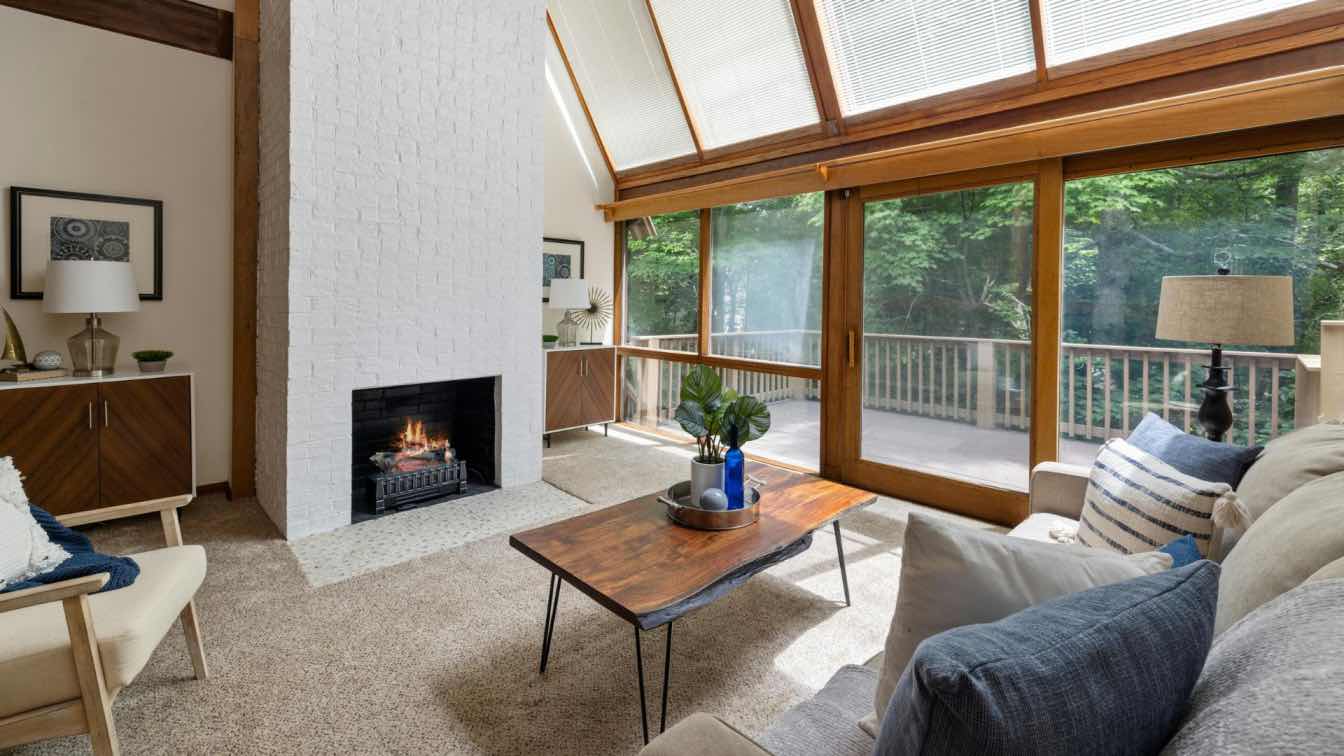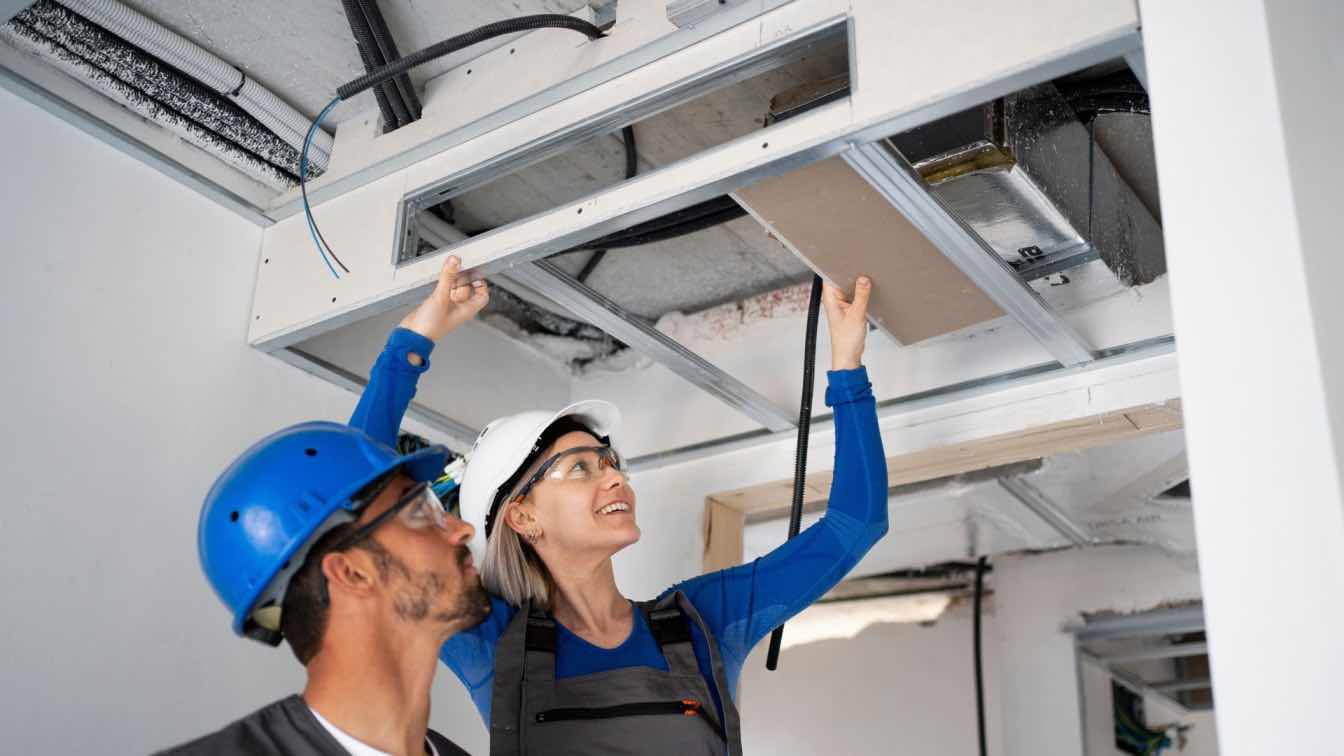Blockchain technology has the potential to reshape many industries and processes, including those from architecture. This is why blockchain technology can bring numerous advantages to this sector, as it can improve the accuracy and efficiency of data management, reduce the chances of errors, enhance transparency, and integrate many innovations.
At first, blockchain was only associated with cryptocurrencies. Because it contributed to the growth of the most important digital coins, blockchain technology has also started to be used in plenty of other sectors. The potential of blockchain was employed the most in the development of Ethereum, which knew how to take advantage of all the attributes of blockchain, such as smart contracts, DeFi, dApps, and NFTs, and the list can continue. All these innovations impact the current Ethereum price, as they can attract even more investors and, in this way, create more hype around the second-largest cryptocurrency by market cap.
Blockchain can also improve many architectural processes, and this article will explain this further.
What are the advantages of blockchain that can be used for architecture?
Blockchain is a decentralized ledger that works thanks to multiple computers rather than using only a central authority, like a bank or government. This has greatly benefited those companies and sectors that want to reduce the control that other central authorities have on them. Blockchain has some key features, the most important of which are decentralization, transparency, immutability, consensus mechanisms, and smart contracts. Decentralization is one of the most notable features of blockchain because a central authority does not control it, and because of that, it improves security while reducing the chances of a single point of failure.
Transparency is also important, as anyone can see everything that occurs on these digital ledgers. Another essential feature is that blockchain is immutable, meaning that information can't be altered or modified once recorded. In this way, architecture companies can ensure the integrity of their data. Smart contracts are also an important feature of blockchain, as they represent a contract with the terms of the agreement already written into the code. Because of that, integrating smart contracts can help companies cut costs, reduce the need for intermediaries, and automate many processes.
Smart contracts can simplify the processes of many projects
Smart contracts can improve many processes in the construction industry. As smart contracts execute the contracts automatically, when the agreement terms are met, they can enhance a lot of tasks and reduce the need for intermediaries. In this way, architecture companies can cut costs, reduce delays, and improve transparency to a great extent. For example, smart contracts can improve all payment processes, ensuring that anyone involved in building construction gets paid on time. This has become imperative in today's world, offering all people everything they expect and need. Smart contracts can bring solutions to blockchain in many ways, as they can lead to automated bidding systems. In this way, blockchain can enhance a lot of processes, as it can automatically match contractor's bids to a particular project when some of the terms of the agreement are met, especially those regarding timeline or costs.
Blockchain can be the best ally for green buildings
Blockchain can also bring a lot of advantages to making the processes involved in construction more sustainable and eco-friendly. This occurs as blockchain can integrate a digital building passport, and in this way, it will include all data that is involved so that anyone can see if that building has made the needed changes toward a sustainable future. This info could include the materials used, type of energy, or some of the construction methods.
With the help of the digital passport building, everyone could see a building's certification or the eco-friendly practices it used in its construction. If this becomes a trend, more construction companies and architects could be interested in using circular economy practices.
Tokenization for architecture projects
Another great advantage of blockchain in architecture is that it could integrate tokenization and, in this way, offer ownership over some buildings and constructions digitally. In this way, anyone could own a piece of something unique that could exist both in reality and in the online form. Besides tokenization, blockchain could also integrate crowdfunding for architecture projects, promoting better funds for some building projects that otherwise might not have received this money.
Blockchain could promote even more innovations for architects
Blockchain can streamline collaboration and, in this way, contribute to amazing architectural projects everywhere around the world. This can also be applied to global competitions, as architects can participate in them and submit their projects on digital ledgers. Then, anyone can see their projects, which ensures that they are judged transparently. Blockchain also ensures that the votes are transparent and immutable.
The bottom line
Blockchain has the potential to reshape some of the world's processes forever and streamline the operations of many industries. Blockchain is a powerful digital ledger, and it needs to be seen as such, as only in this way can it make waves in the world. Blockchain can be greatly used in the architecture industry, as it can make this sector more transparent, sustainable, efficient, and accessible. Additionally, blockchain can solve all the shortcomings this industry is dealing with, empowering architects worldwide to create amazing buildings focused on what this sector needs. Blockchain is a technology that is here to stay and will remain like this for a long time, so all companies that want to thrive should integrate blockchain into their operations. Blockchain can help all architects design buildings for the future, which could help this industry thrive more than ever.
Some construction projects have already integrated blockchain into their operations, and in the future, we will surely see more examples of this kind.





